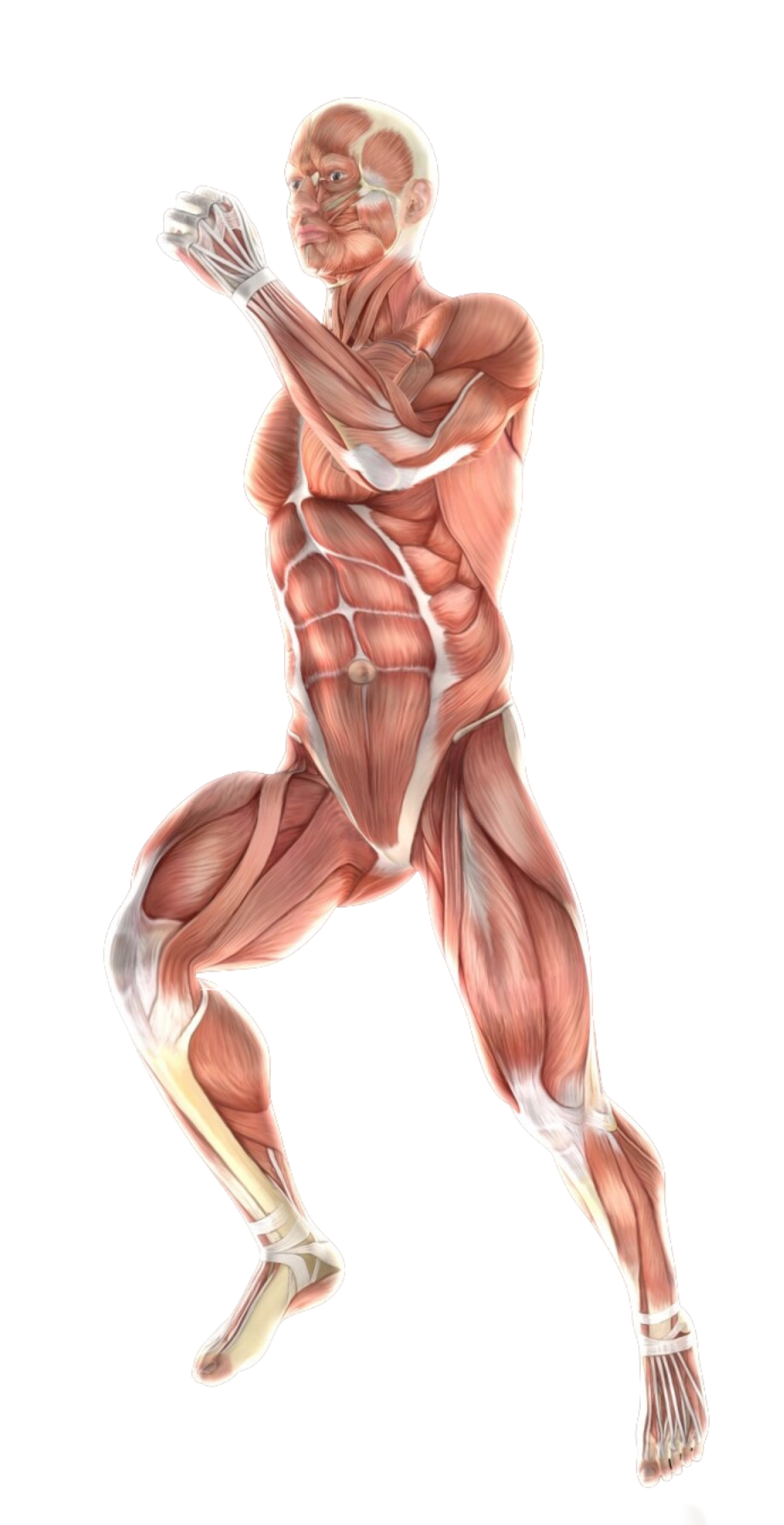- #11-13 Mount Elizabeth Medical Centre (Orchard)
- Mon Fri 9am — 6pm | Sat 9am — 12.30 pm
Facet joint arthropathy, also known as cervical facet syndrome or cervical facet osteoarthritis, refers to wear and tear of the facet joints of the cervical spine (neck). These joints, located at the back (back) of the vertebrae, play a crucial role in supporting the spine, limiting excessive movement, and facilitating smooth movement of the neck. When these joints degenerate due to various factors, it can lead to pain, stiffness, and limited neck mobility.
Several factors can contribute to the development of facet joint arthropathy of the neck:

The cervical spine is made up of seven vertebrae (C1-C7), each connected by facet joints at the back. These joints have a cartilaginous lining that provides smooth sliding surfaces and synovial fluid for lubrication. Additionally, ligaments and muscles surround the facet joints, providing stability and supporting movement. Facet joint arthropathy disrupts the normal structure and function of these joints. This may involve:
Several factors can contribute to the development of facet joint arthropathy of the neck:
Although anyone can develop cervical facet arthropathy, certain factors can increase the risk:
For facet arthropathy, the diagnosis involves assessing the patient’s medical history, conducting a physical examination, and considering imaging tests (such as X-rays) to evaluate the condition of the facet joints in the spine. The hallmark symptom is neck or back pain, which can worsen with certain movements.
Treatment for facet joint arthropathy in the neck typically involves a conservative approach to manage pain and improve function. This might include:
In some cases, if conservative approaches fail to provide adequate pain relief, minimally invasive procedures might be considered:
Facet joint replacement surgery is typically a last resort for individuals with severe and persistent pain who have exhausted all other conservative and minimally invasive options. This surgery involves replacing the damaged facet joint with an artificial implant.
The recovery time for facet joint arthropathy varies depending on the severity of the condition, treatment approach, and individual factors like adherence to treatment and overall health.
Typically, improvement with conservative measures like physical therapy and lifestyle modifications might be seen within weeks or months.

Spine - Neck
Shoulder & Elbow
Spine — Back
Wrist & Hand
Knee Pain
Ankle Pain
Foot Pain
Book a consultation with us for a more comprehensive diagnosis and a personalised treatment plan best suited to your needs.

Spine - Neck
Shoulder & Elbow
Spine — Back
Wrist & Hand
Knee
Ankle
Foot